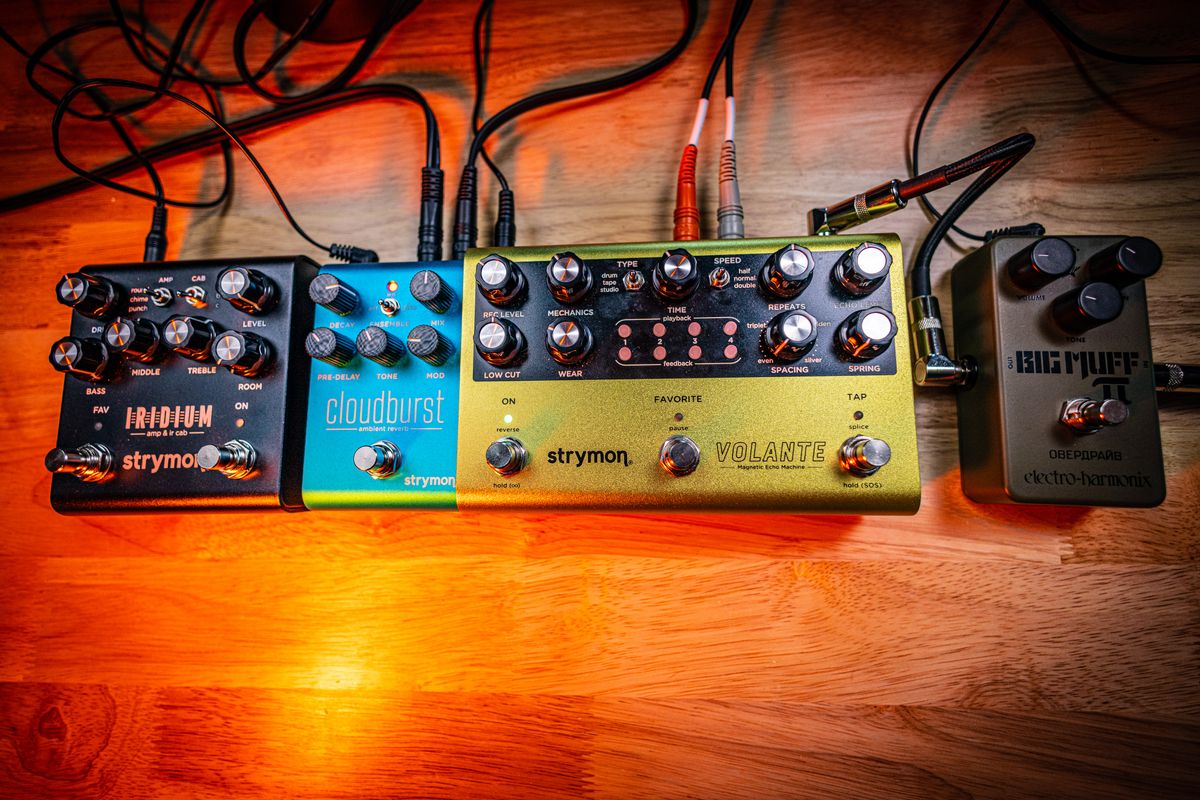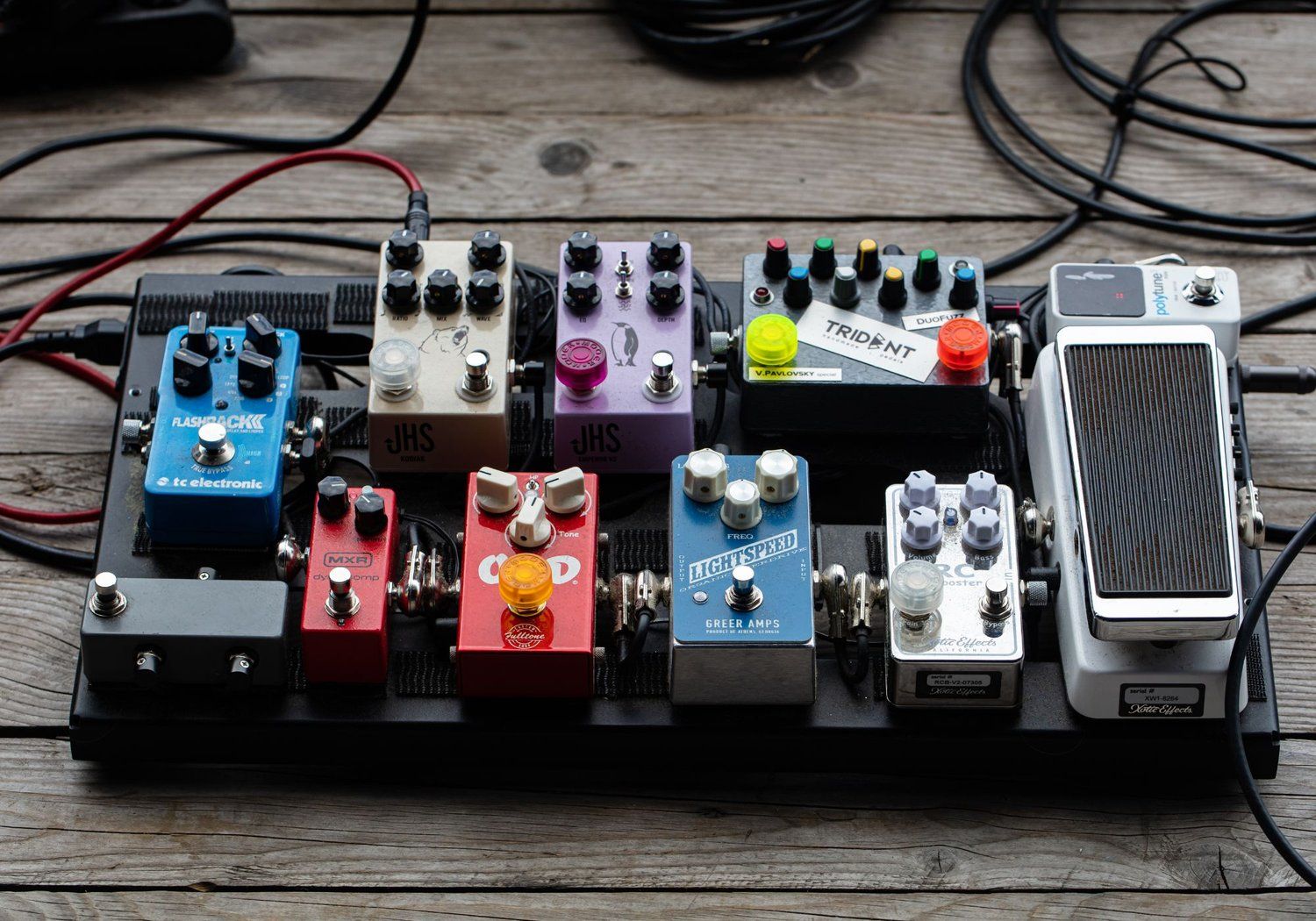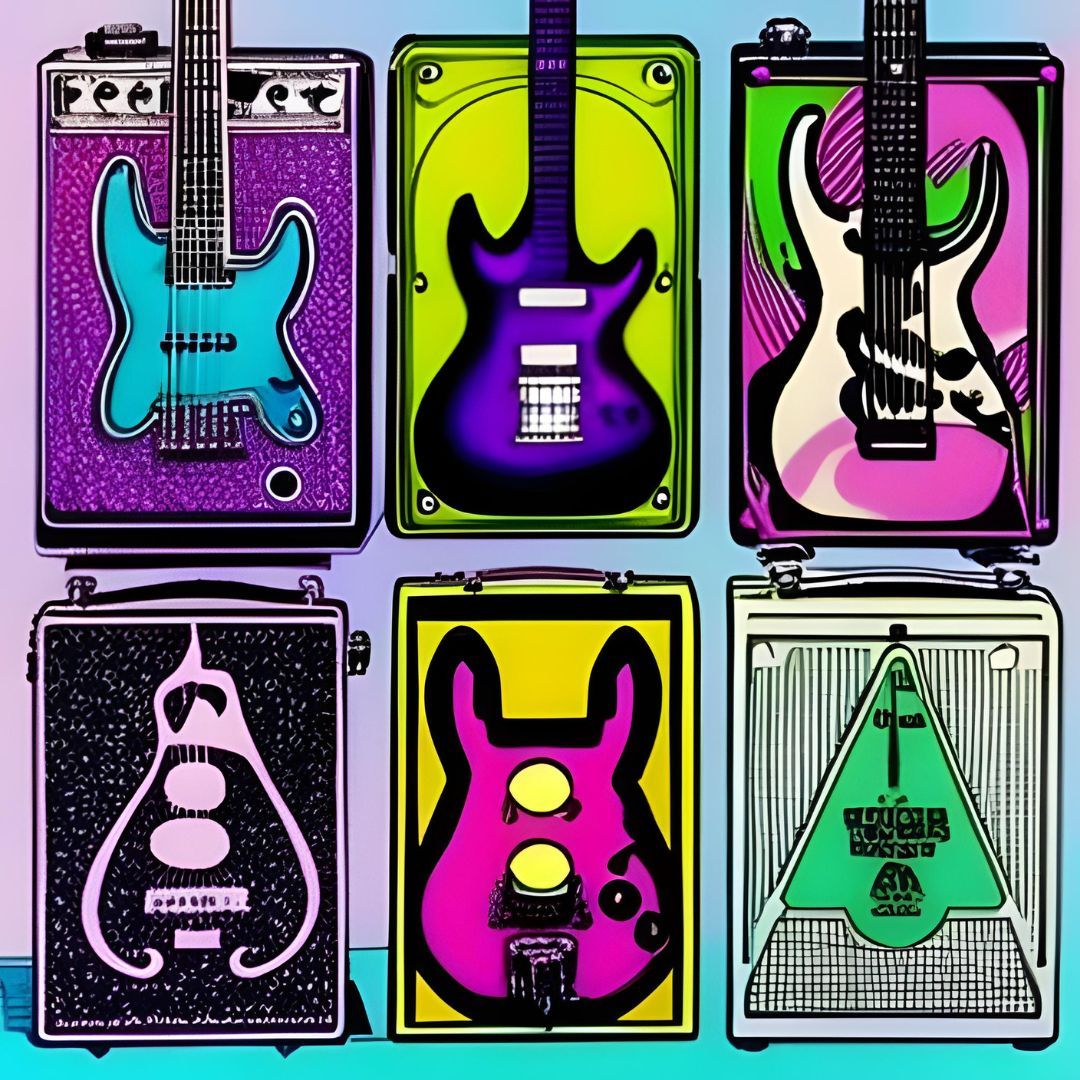5 Steps to setting up a Pedalboard
Are you tired of feeling overwhelmed by the mess of cables and pedals at your feet during gigs or rehearsals? Are you not sure what goes into where and which cable is bad? If so, it's time to set up your pedalboard correctly!

Are you tired of feeling overwhelmed by the mess of cables and pedals at your feet during gigs or rehearsals?
Are you not sure what goes into where and which cable is bad?
If so, it's time to set up your pedalboard correctly!
A well-organized pedalboard not only looks neat, and professional, but it can also save you time and prevent technical difficulties.

Here are five tips to help you set up your pedalboard like a pro:
1.Plan your pedal layout:
Before you start placing pedals on your board, plan out the order in which you want them to be arranged. The order can significantly affect your sound, so consider the signal chain and how each pedal interacts with the one before and after it.
2. Invest in a quality power supply:
Don't rely on individual batteries or low-quality power supplies to power your pedals. Invest in a reliable and quality power supply that provides consistent power to your pedals and reduces the noise in your signal chain.

3. Label your pedals:
To prevent confusion and technical difficulties, label your pedals with their corresponding functions. You can use tape, labels, or even paint markers to make them easily recognizable.
4. Use cable ties or tape:
Cable management is crucial for a clean and organized pedalboard. Use cable ties, zip ties (our favorite), or tape to secure cables and prevent them from getting tangled or damaged. Take the time do this and keep in mind you may be doing it several times. Once done it is great, but it may take a few times to get there!
5. Be prepared for troubleshooting:
Despite your best intentions and efforts, technical glitches can still crop up during a performance. It is very important to be prepared by keeping backup cables, batteries, and even spare pedals at hand to nip any issues in the bud quickly!
Creating a pedalboard setup like a pro necessitates thorough planning, investment, and meticulous organization.
By adhering to these five tips, you can craft a streamlined and reliable pedalboard that elevates your sound and diminishes the probability of technical hiccups.
So, take the time to plan your layout, invest in quality components, label your pedals, manage your cables, and prepare for troubleshooting. This will leave you feeling waaaay more secure in your pedalboard set-up!

